Autumn and winter birds in the garden
In this post, you can read a little about many of the bird species that visit your garden in the cold months of the year. Of course, which birds visit your garden also depends on where in the country you live. Below we have made a list of the most frequent birds seen in Danish gardens. In our little overview, you can also read which food attracts the different bird species to your bird-friendly bird feeder .
Turdus Merula – blackbird
Turdus Merula, also called the Sunbird, is one of the most common thrushes that visit Danish gardens all year round. The sun variety is approx. 23.5-29 cm tall, and is particularly fond of apples - so if you have an apple tree, you are almost guaranteed to have the Solsorten visit. Alternatively, you can place old apples on your bird feeder .
The male is distinguished by its black feathers and orange beak, whereas the female and the young birds are recognized by their brown plumage and black beak.
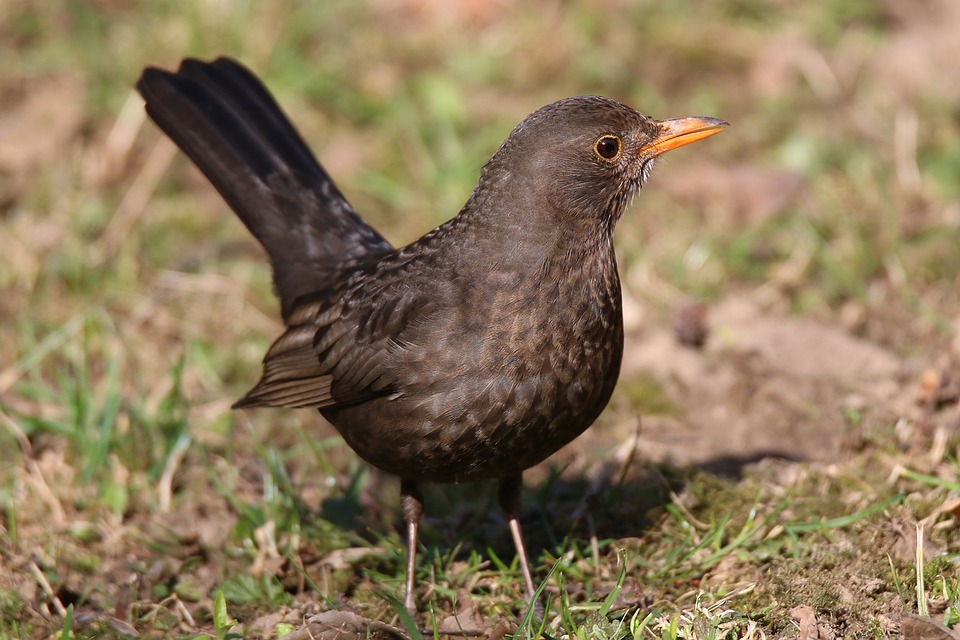
Passer Montanus – Wood sparrow
The wood sparrow can be mistaken for a house sparrow, but is characterized by its beautiful brownish and copper colored plumage. The wood sparrow is approx. between 12.5-14 cm, and is far from picky - it actually eats almost everything you put on the bird feeder or in the feed house. You can find the charismatic bird in the garden all year round, provided you of course welcome it.
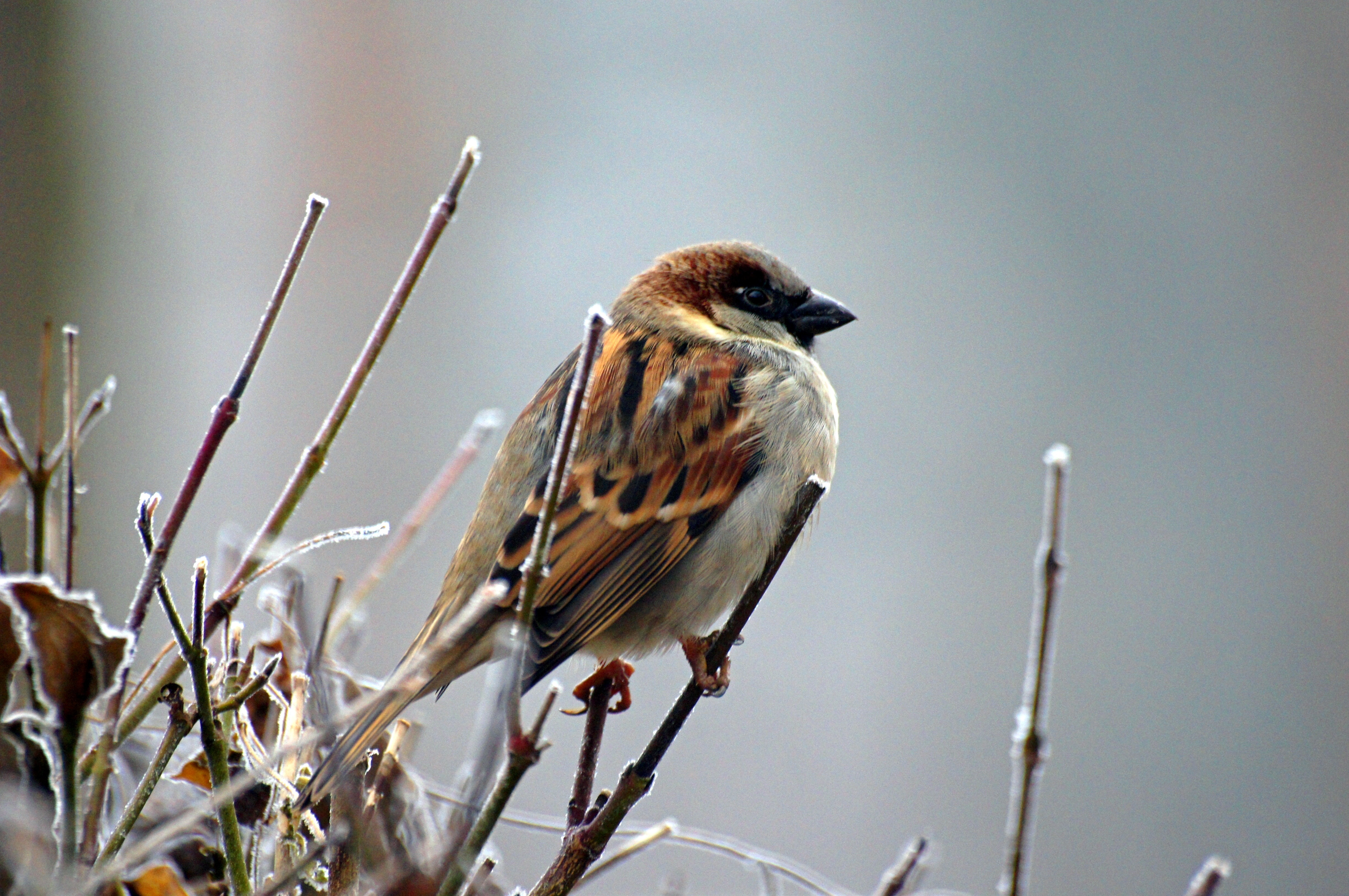
Passer Domesticus – House sparrow
The house sparrow, which also looks similar to the wood sparrow, can be recognized by its gray breast and skull cap on its head. The house sparrow is approx. approximately 16 cm large, and is unfortunately no longer so common to find in the wild, as it is about to lose its place in the wild to the Wood Sparrow. The sparrow can somewhat be described as a scavenger, as it likes to eat grain and other leftovers.
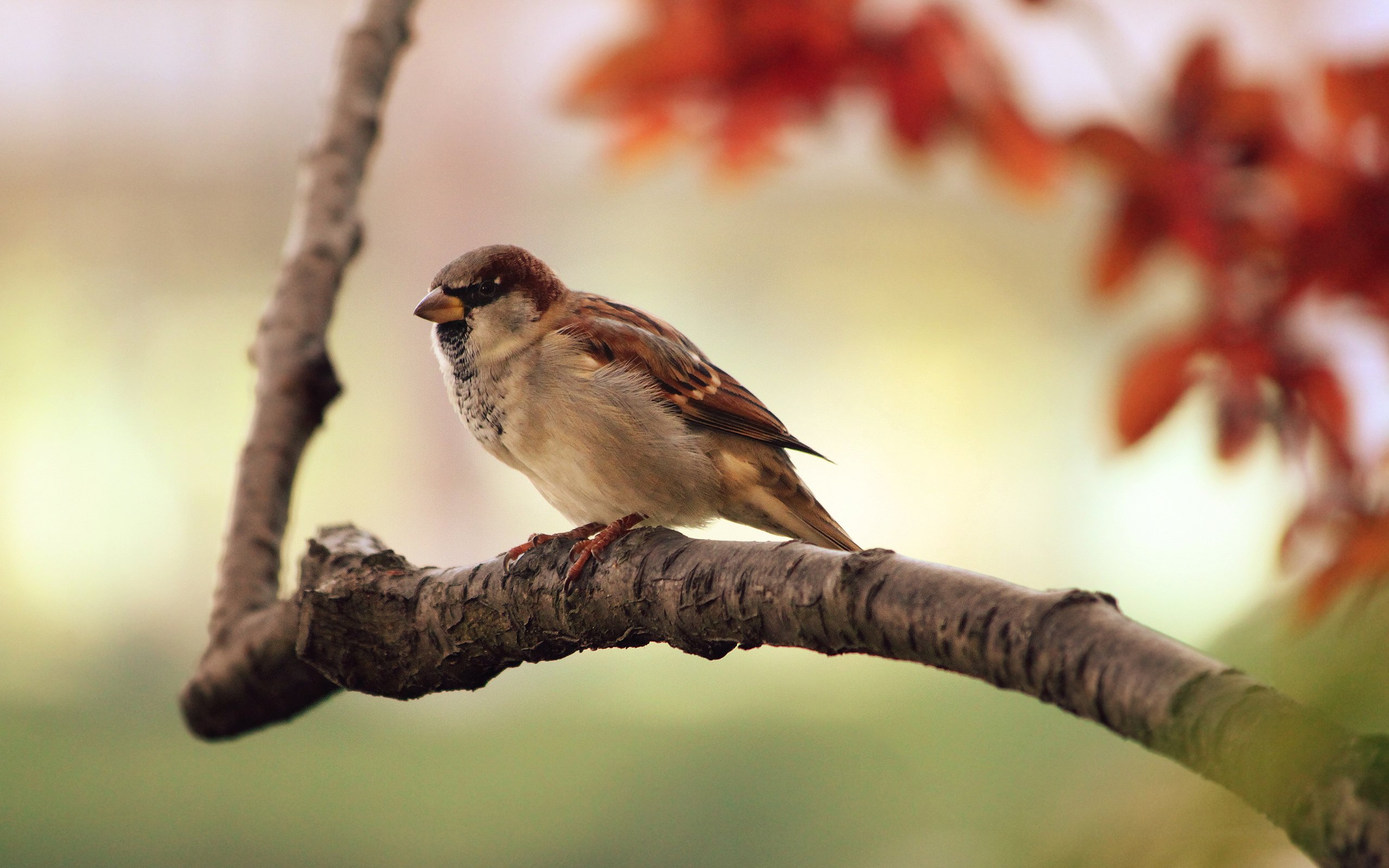
Prunella Modularis – Iron Sparrow
Prunella Modularis is a cute little grey-brown bird that is a descendant of the iron sparrow family. The little sparrow of 15 cm. is very reserved, and like the other sparrows looking for small grains and scraps.
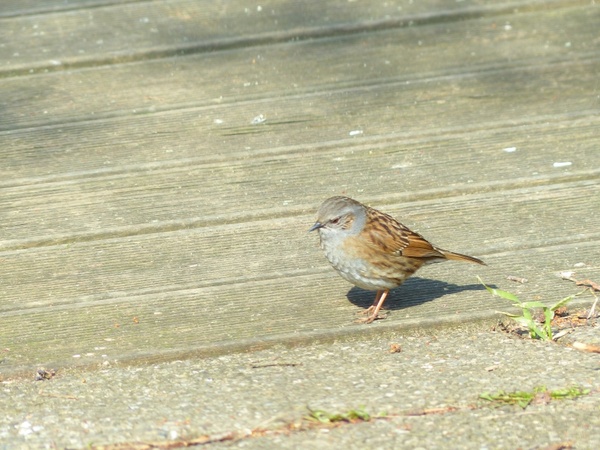
Columba Palumbus – Wood Pigeon
Columba Palumbus goes by both the names wood pigeon and ring pigeon, and is characterized by being large and clumsy. The pigeon is approximately 38-43 cm. large, and is therefore one of the larger friends who come and visit your garden. In the cold winter months, the wood pigeon is most often seen in large flocks when they are hunting for food in the Danish gardens.
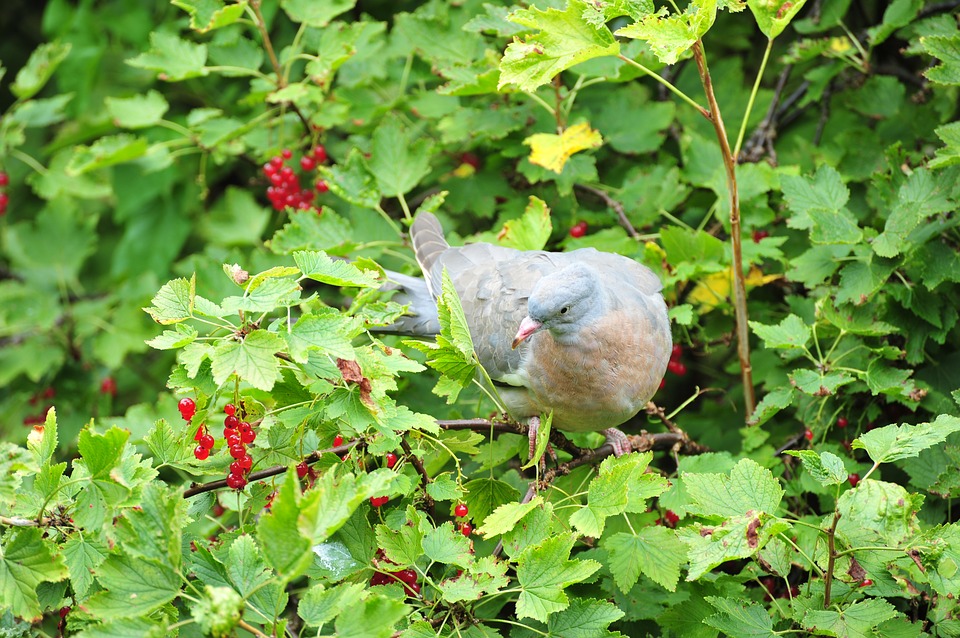
Pica Pica – The house damage
It is no joke that Pica Pica is called for the damage, as it often causes great damage to the other animals in the garden. The house pest can be described as a bit like a baboon, as it eats everything from baby birds to eggs and other small animals. This bird has a very beautiful black and white plumage and a long elegant tail, however this species can chirp a little too loudly at times.
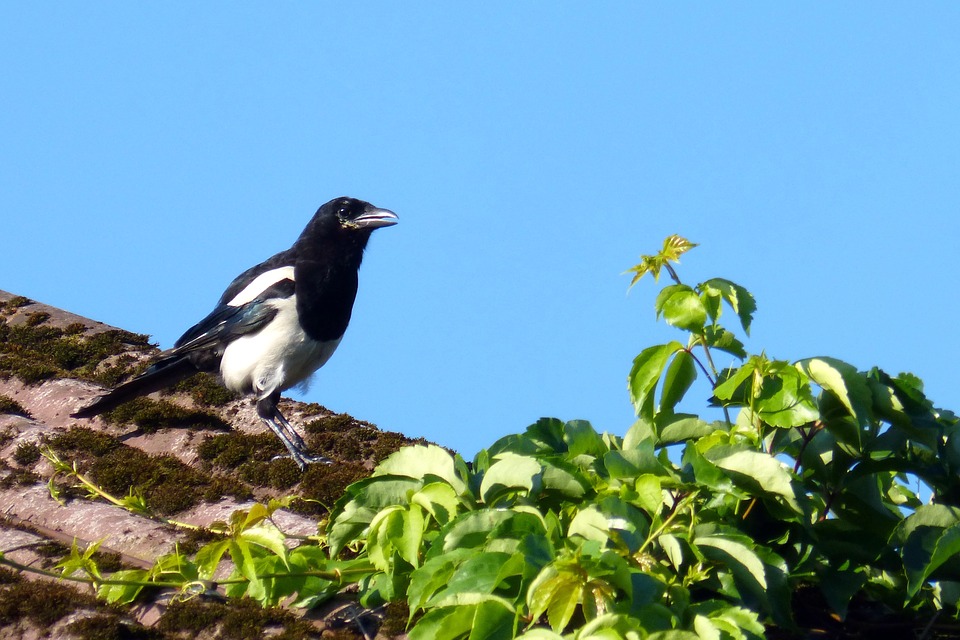
Garrulus Glandarius – Forest damage
The woodpecker is a very aesthetic bird that has a nice light brown plumage combined with a nice black and bluish wing. This species is often seen near forests, hence the name Skovskaden, and it eats almost anything like its relative, the Pica Pica.
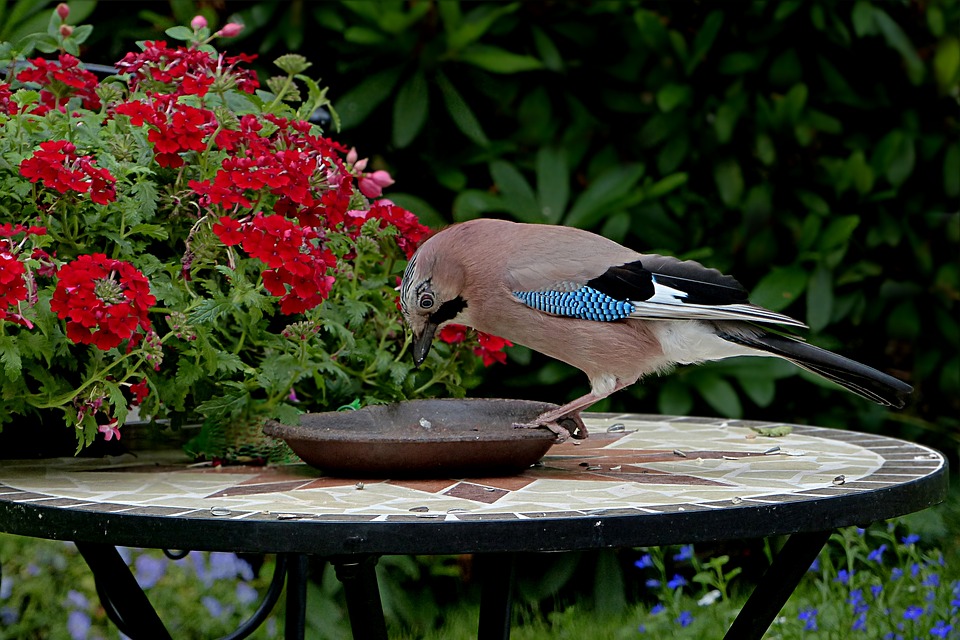
Accipiter Nisus – Sparrowhawk
This bandit is one of the other bird species' worst nightmares, because the Sparrowhawk is a predatory bird that hunts all the smaller birds that come to visit your garden to eat. Oddly enough, the male (28 cm) in this case is smaller than the female (38 cm).

Accipiter Gentilis – Pigeon hawk
The pigeon hawk is somewhat the big brother of the sparrow hawk, as it is slightly larger (48-62 cm.). However, this predator does not appear as frequently in Denmark as the sparrow hawk, but it can most often be found near forests and other large natural areas. The bird looks incredibly fearsome, but at the same time is incredibly aesthetic and beautiful to look at.
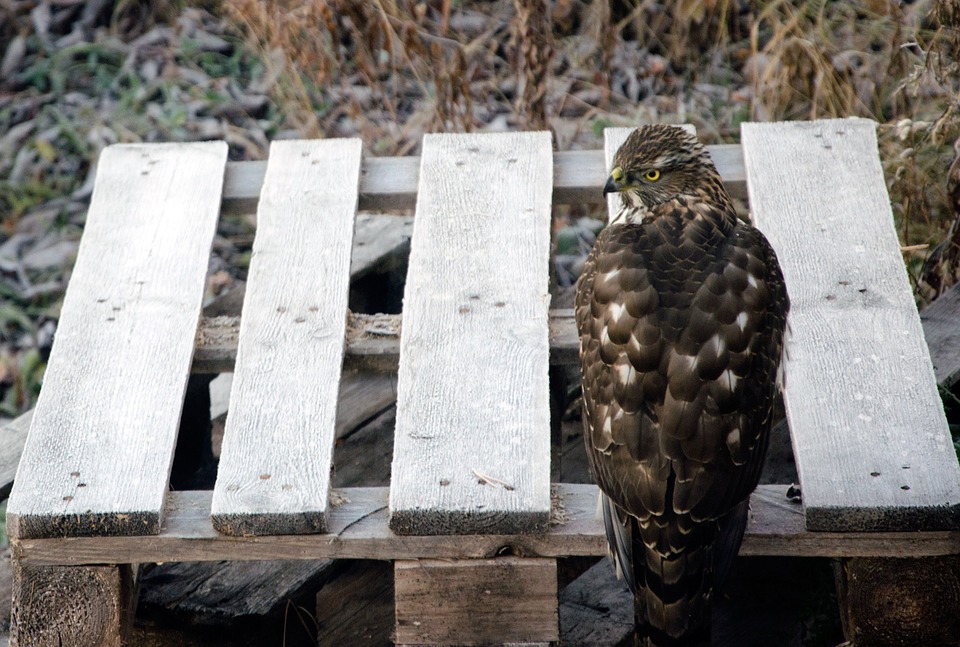
Parus Major – Mouse white
This species can grow up to 15 cm. large, and is thus the largest in the tit family. It is characterized by its beautiful yellow chest and white cheeks. This tit can be found all over Denmark, and happily eats sunflower seeds from your bird feeder or feed house.
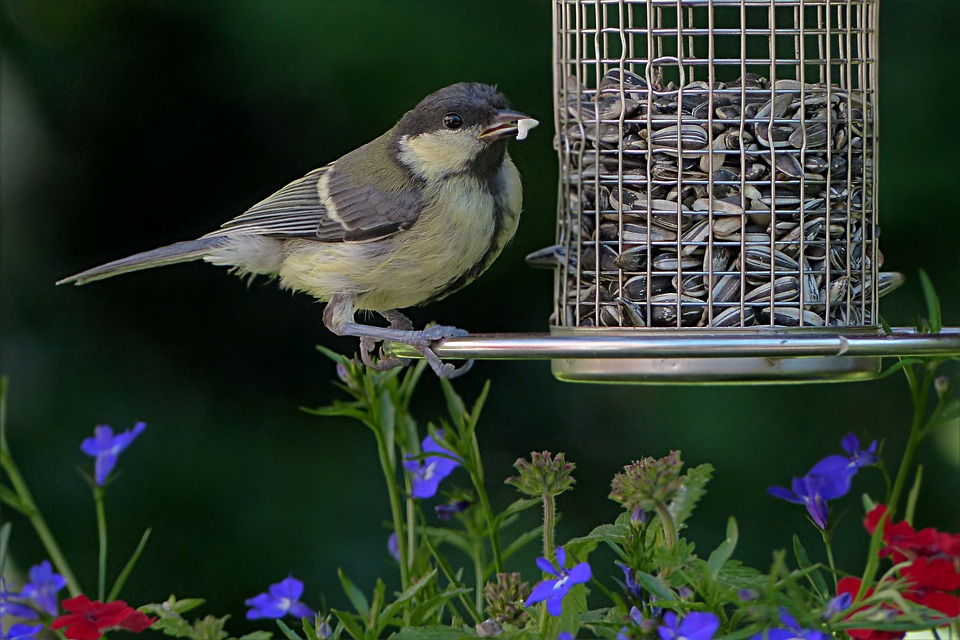
Erithacus Rubecula – Redneck
The redneck should almost be called the Orangeneck because it is easily recognized by its charismatic orange chest. A beautiful little pair of trousers of approx. 16 cm., which slithers around under the feeding place to pick up leftovers from the other birds' gluttony.
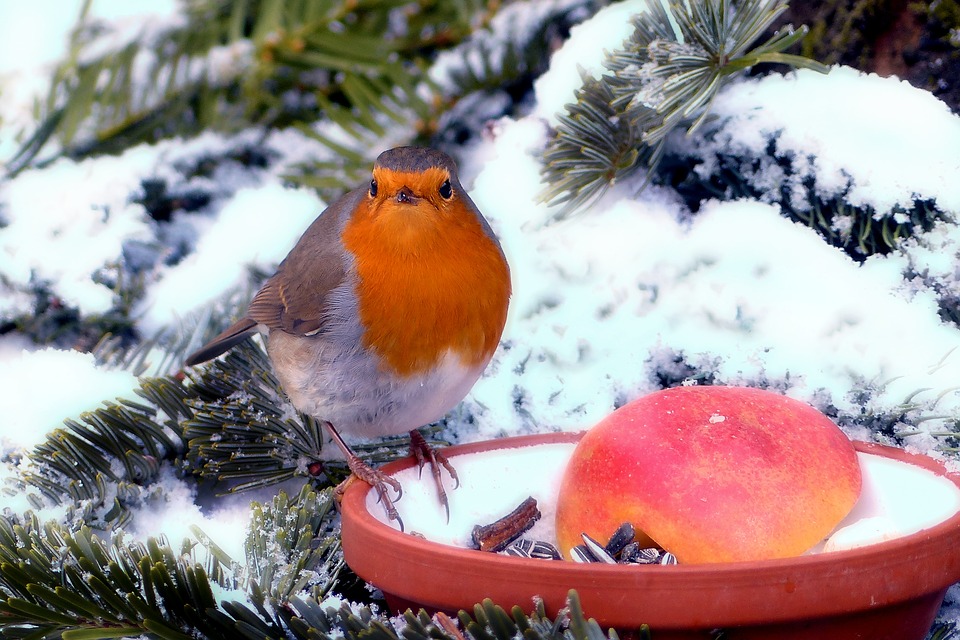
Carduelis Spinus – The green siskin
The Green Tit is one of the very small birds at just 11-12.5 cm.
Despite its size, you can easily spot the small sedge viper from a long distance, as it has a very distinct yellow-greenish color with small white spots. The bird is quite common in Denmark, and likes to eat tit balls, grain or other scraps.
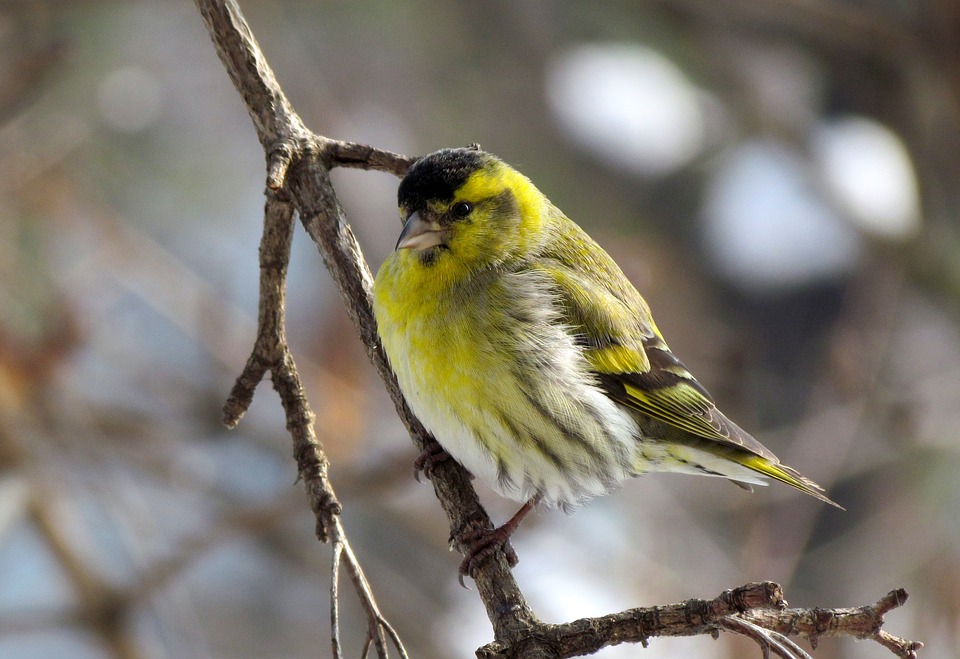
Emberiza Citrinella – Yellow sparrow
The sparrow is considered to be one of the most beautiful birds that you can attract to the garden. It has a nice size of 16.5 cm. and also has a beautiful golden plumage. You can find the sparrow all over Denmark, and you can lure it out most easily with either grain or bread scraps.
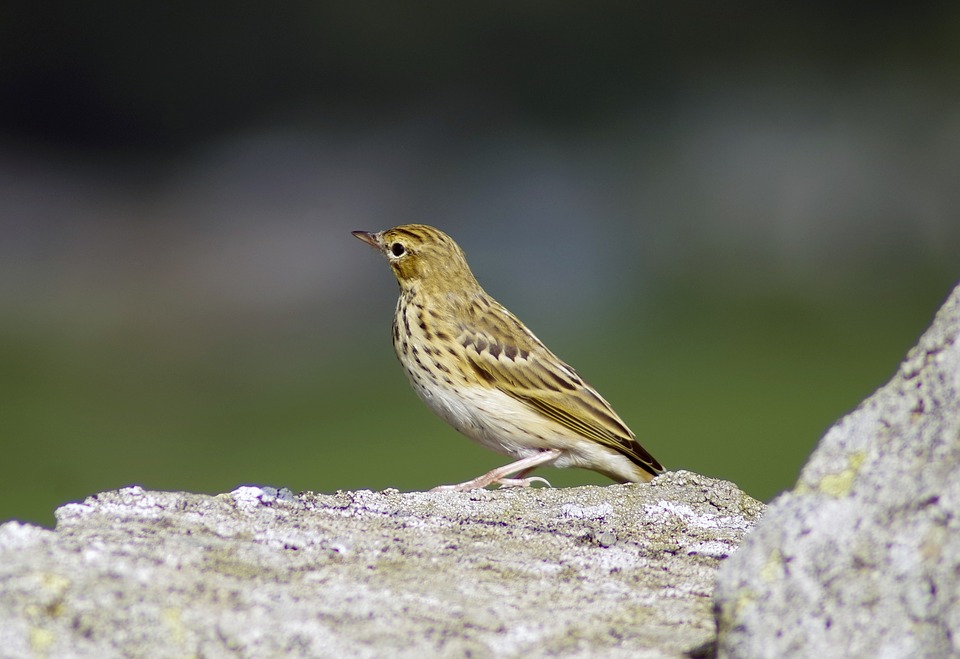
Turdus Pilaris – Shagger
This fine thrush can be found throughout northern Scandinavia, and it can be recognized by its fine white breast with brown spots. If you have apple trees, there is a good chance that the apple-loving Sjagger will pass by your garden.
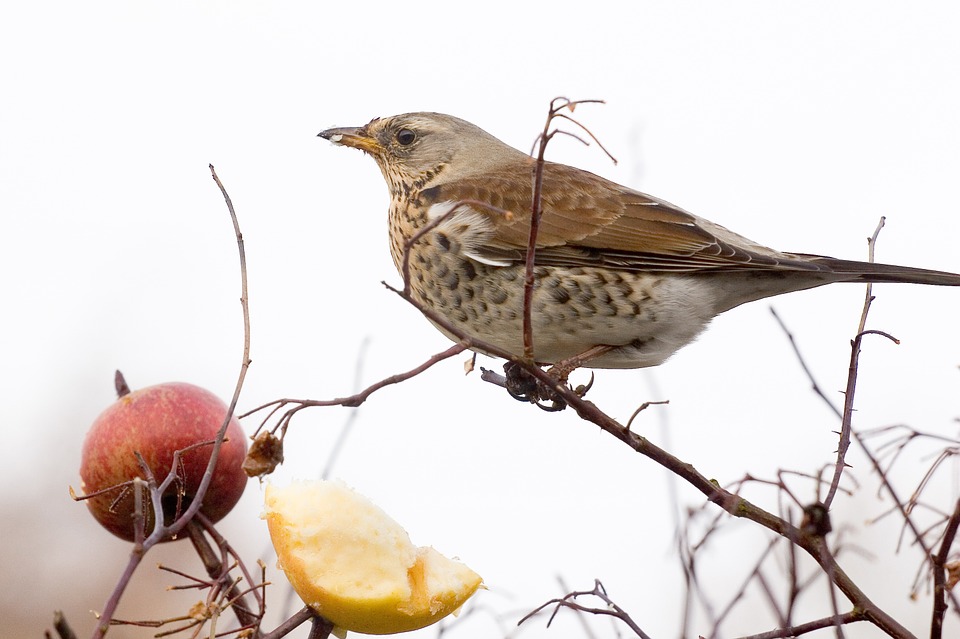
Cyanistes Caeruleus – Blue Tit
The blue tit is one of the smaller tit that flies around all of Denmark. The blue tit likes to eat sunflower seeds from food balls or on the bird feeder .
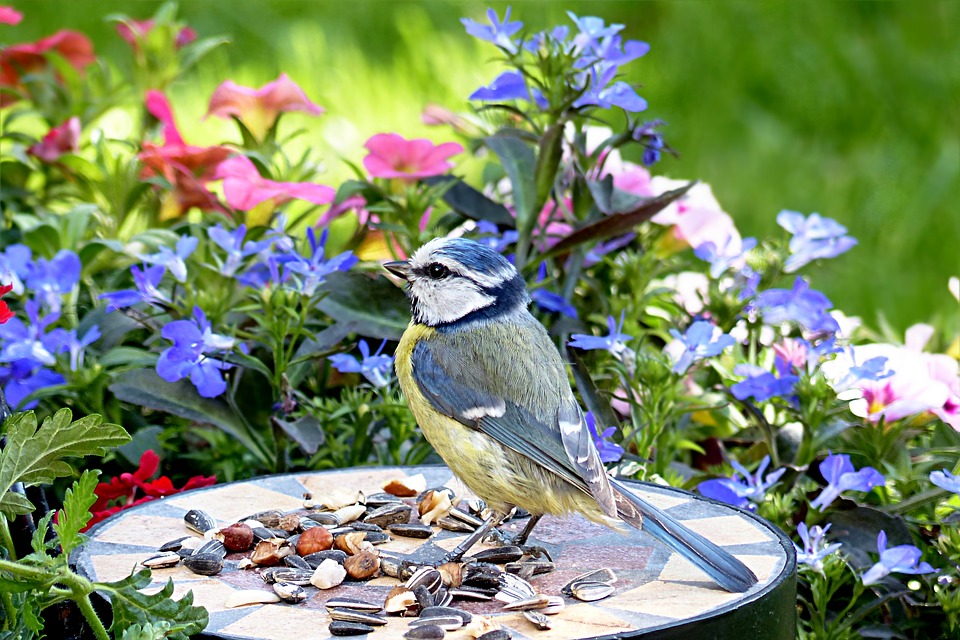
Poecile Palustris – Swamp Tit
Like the other titmice, the marsh tit is a frequent guest in the feed house or on the bird feeder . It happily eats less seeds and grains. The swamp tit is slightly rarer than the blue tit, but can still be found throughout Denmark.
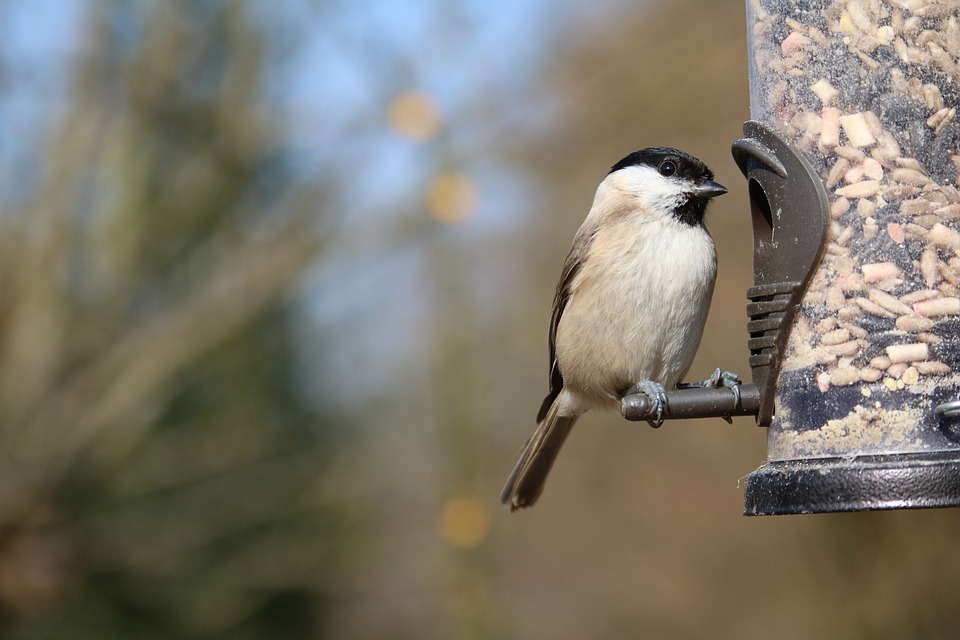
Books about birds
Would you like to know more about the birds that fly around Denmark, or perhaps just generally about the animals that visit the garden? Then we have a large selection of garden books that can give you an insight into the ecosystem in your garden. If you want to read more about the birds in the garden, we can also recommend the book on the bird feeder , which is a nice reference book that covers the 40 most common birds in the country.
